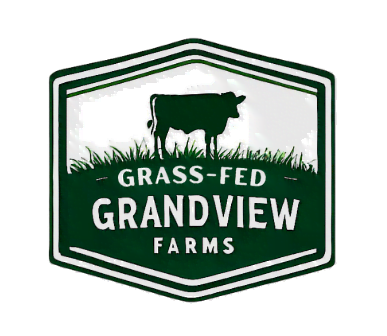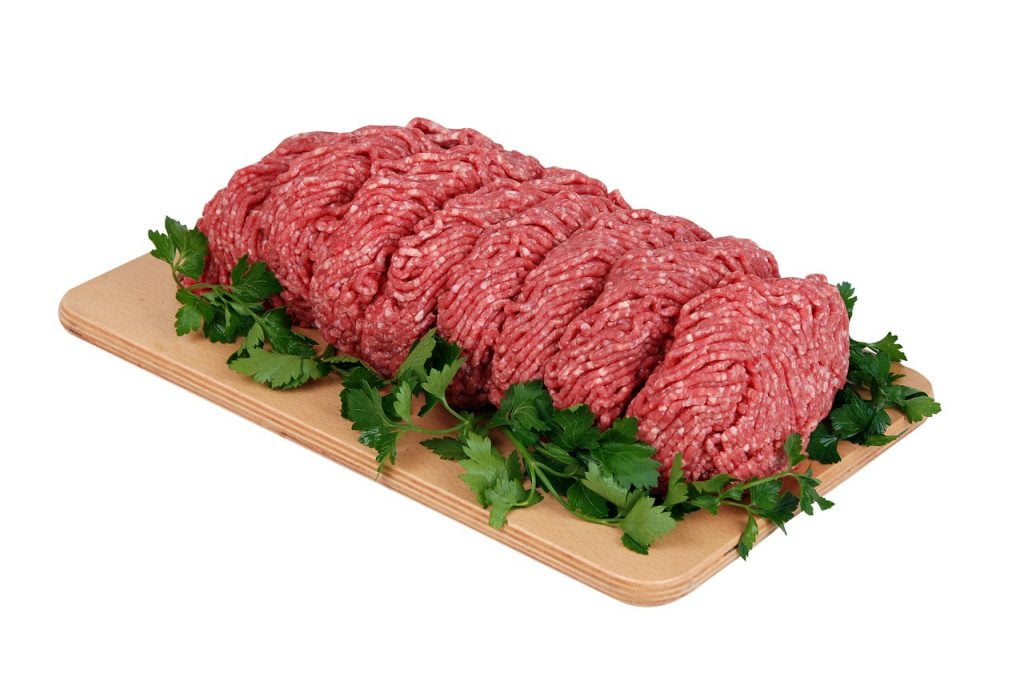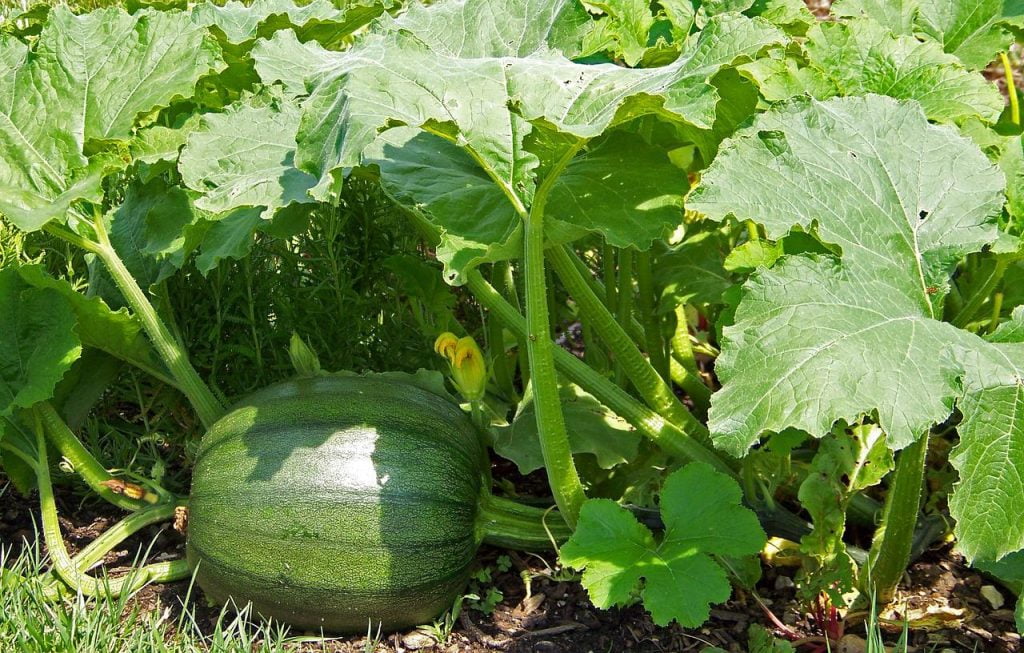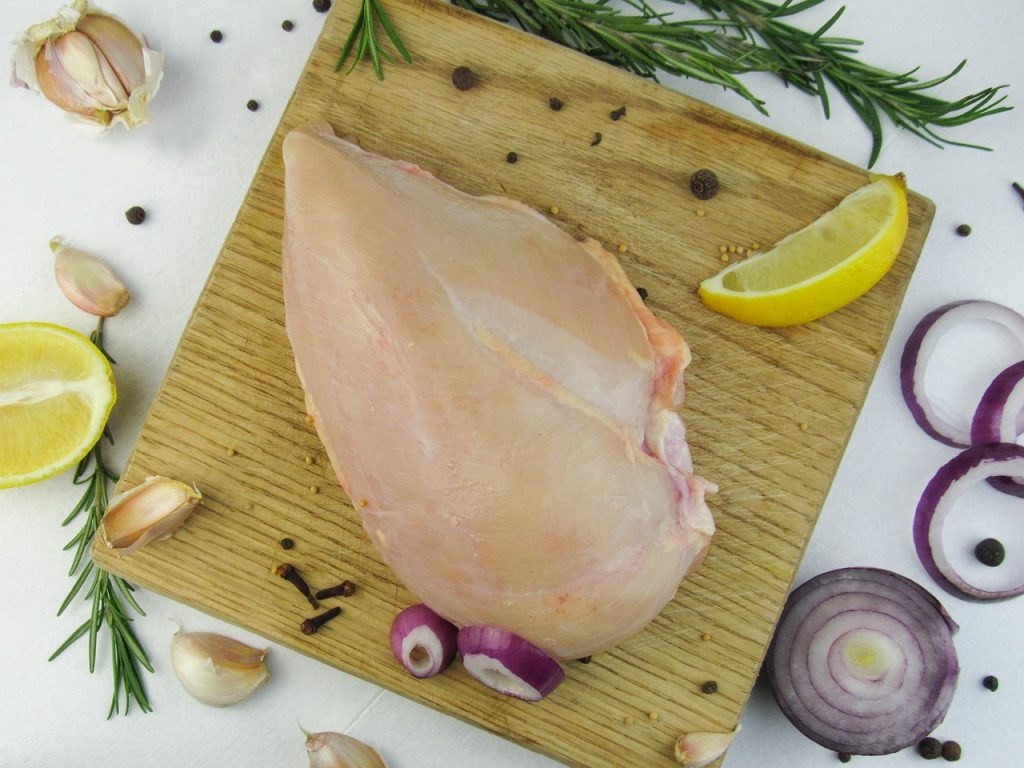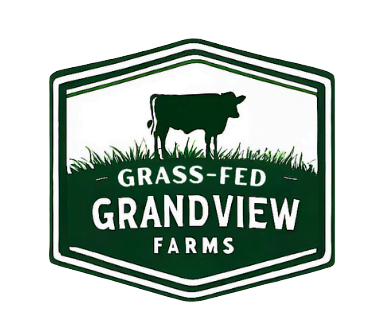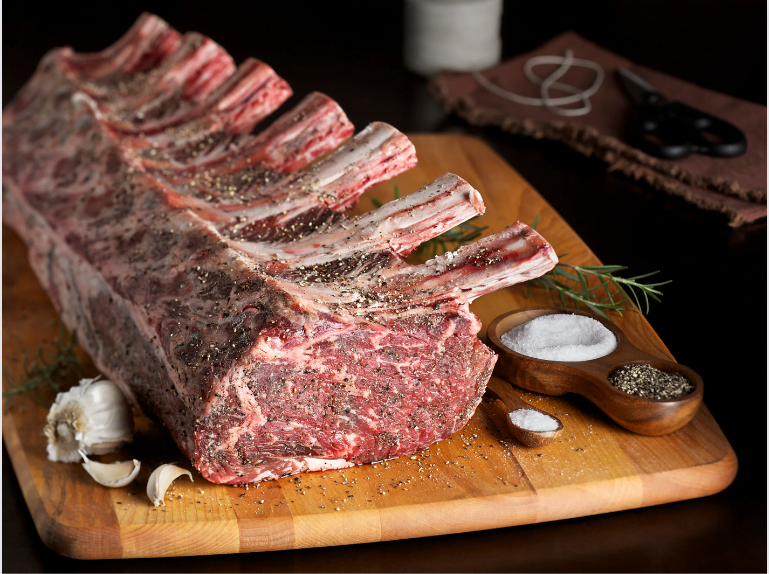
For any carnivore, indulging in a perfectly cooked prime rib is a near-spiritual experience. The melt-in-your-mouth texture, the rich marbling, the symphony of savory flavors – it’s a dish reserved for special occasions, often accompanied by a hefty price tag. But did you know that opting for grass-fed prime rib elevates this indulgence to a whole new level, justifying every penny beyond mere taste? Dive into the world of grass-fed beef and discover why, when it comes to this culinary masterpiece, going green truly is worth the green.
Flavor First: A Symphony of Nature’s Best
The difference in flavor between grass-fed and grain-fed prime rib is undeniable. Unlike their grain-fed counterparts, who are often finished with corn-based diets to fatten them up quickly, grass-fed cattle spend their lives grazing on lush pastures. This natural diet, rich in omega-3 fatty acids and conjugated linoleic acid (CLA), translates to a deeper, more complex flavor profile in the meat. A 2017 study published in the Journal of Animal Science found that grass-fed beef has significantly higher levels of these beneficial fatty acids, leading to a more “grassy” and “savory” taste preferred by many consumers.
Nutrients Galore: Fueling Your Body Wisely
Beyond the tantalizing taste, grass-fed prime rib packs a powerful nutritional punch. Compared to grain-fed beef, it boasts higher levels of:
Omega-3 fatty acids: Essential for heart health, brain function, and reducing inflammation. A 2016 study by the National Institutes of Health revealed that grass-fed beef contains up to three times more omega-3s than grain-fed beef.
Iron: Crucial for oxygen transport and energy production. Grass-fed beef can have up to 25% more iron than grain-fed beef, according to a 2010 study in the Meat Science journal.
Conjugated linoleic acid (CLA): Linked to numerous health benefits like reducing body fat and boosting immunity. A 2003 study published in the American Journal of Clinical Nutrition found CLA levels in grass-fed beef to be four to seven times higher than in grain-fed beef.
Animal Welfare Matters: A Conscious Choice
Grass-fed cattle lead happier, healthier lives. They roam freely on open pastures, engaging in natural behaviors like grazing and socializing. This stress-free environment translates to better meat quality and, perhaps more importantly, a clear conscience for the discerning diner. According to a 2019 survey by the Pew Research Center, 72% of American consumers prioritize the humane treatment of animals when making food choices. Choosing grass-fed prime rib supports ethical farming practices and aligns with growing consumer values.
The Sustainable Edge: Caring for the Planet We Share
Grass-fed cattle play a surprising role in environmental sustainability. Their grazing habits naturally fertilize the soil, helping it retain moisture and reduce erosion. Additionally, unlike grain-fed cattle, they don’t require massive amounts of resource-intensive feed production, lowering the environmental footprint of your delicious meal. A 2018 study published in the Proceedings of the National Academy of Sciences found that grass-fed beef production generates 50% fewer greenhouse gas emissions than grain-fed beef.
Savoring Every Bite: Culinary Tips for Grass-Fed Prime Rib Perfection
So, you’ve decided to make the leap and treat yourself to a grass-fed prime rib masterpiece. Here are some tips to guarantee a truly unforgettable experience:
Shop local: Find a reputable butcher or farm offering grass-fed beef raised nearby. You’ll support local businesses and ensure freshness.
Choose the right cut: Prime rib from the seventh rib offers the ideal balance of tenderness and marbling. Aim for about 2 pounds per person.
Seasoning simplicity: Less is more! A generous sprinkle of kosher salt and freshly ground black pepper will let the natural flavors shine.
Cooking with care: Low and slow is the motto. Roast uncovered at 250°F (120°C) until an internal temperature of 130°F (54°C) for medium-rare perfection. Let rest for at least 30 minutes before carving. Know more about roasting.
Fun Food Facts to Impress Your Dinner Guests:
The term “prime rib” originated in England in the 1700s.
The largest recorded prime rib weighed in at a whopping 824 pounds!
In ancient Rome, beef was considered a luxury food reserved for the wealthy.
The first cattle drive in the United States took place in 1848, moving 1,000 cows from Texas to Missouri.
Making the Investment: A Choice for Your Health, Values, and Tastebuds
While grass-fed prime rib may come with a higher price tag, it’s an investment worth making. It’s not just a meal; it’s a conscious decision to prioritize flavor, nutrition, animal welfare, and environmental sustainability. Every bite offers a symphony of nature’s best, a testament to ethical farming practices, and a step towards a healthier planet. So, the next time you’re craving a truly exceptional dining experience, don’t settle for the ordinary. Embrace the extraordinary and savor the unparalleled pleasure of grass-fed prime rib. Your body, your values, and your tastebuds will thank you.
Additional Considerations for the Conscious Consumer
Certifications: Look for labels like “USDA Certified Organic” or “American Grassfed Association” to ensure authenticity and quality standards.
Local sourcing: Supporting local farmers not only guarantees freshness but also strengthens your community’s food system.
Experiment with recipes: Beyond the traditional roast, grass-fed prime rib can be enjoyed in various dishes, from mouthwatering steaks to hearty stews.
Pair with perfection: Enhance the flavors with complementary sides like roasted root vegetables, creamy mashed potatoes, or a vibrant chimichurri sauce.
Educate and inspire: Share your knowledge and passion for grass-fed beef with friends and family, encouraging them to make informed choices that support a more sustainable and ethical food system.
Conclusion
Beyond the price tag lies a world of flavor, nourishment, and positive impact. By choosing grass-fed prime rib, you’re not only indulging in a culinary masterpiece but also taking a stand for your health, the planet, and the humane treatment of animals. Embrace the difference, savor the experience, and let every bite be a celebration of conscious consumption.
Thanks for reading blogs from Grandviewfarms.
You may also like:
Grass Fed Steak: Unveiling the Culinary Delight
Savoring Wholesomeness: The Grass Fed Beef Revolution Unveiled!
Local Beef: A Culinary Tradition Worth Preserving
